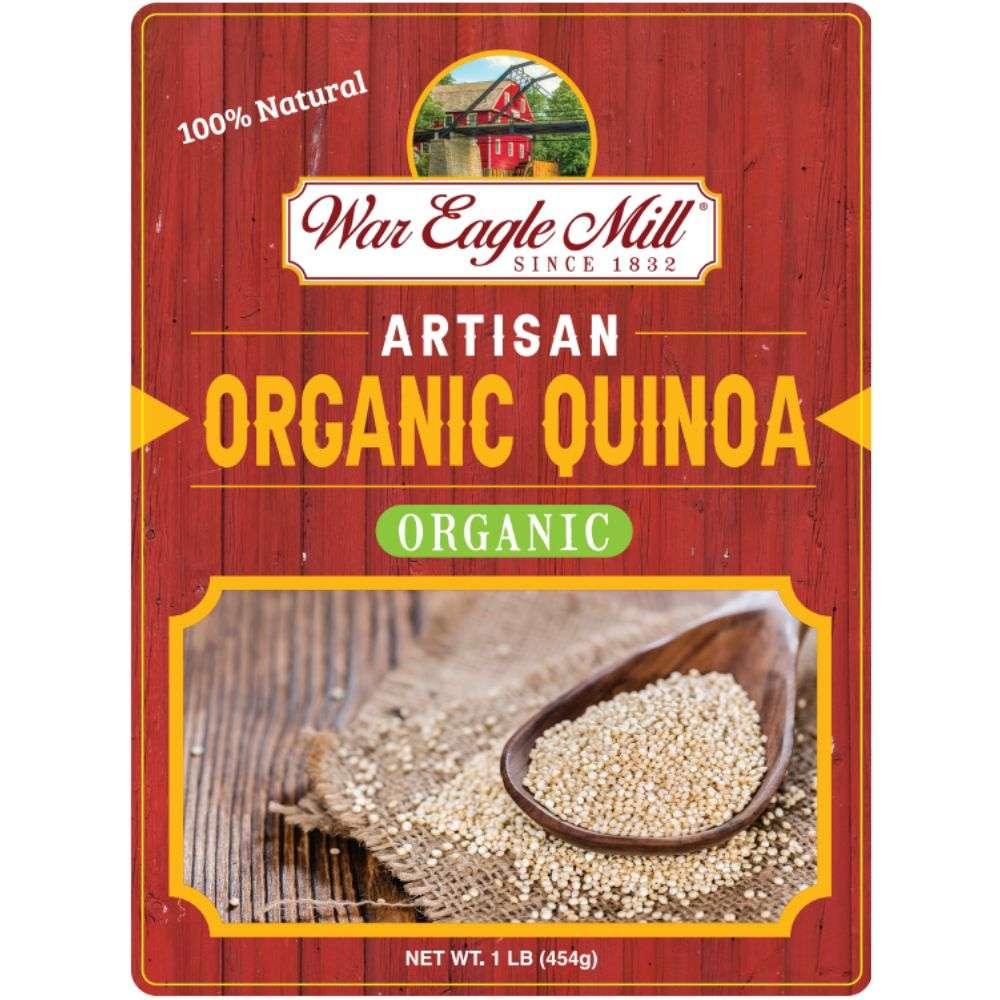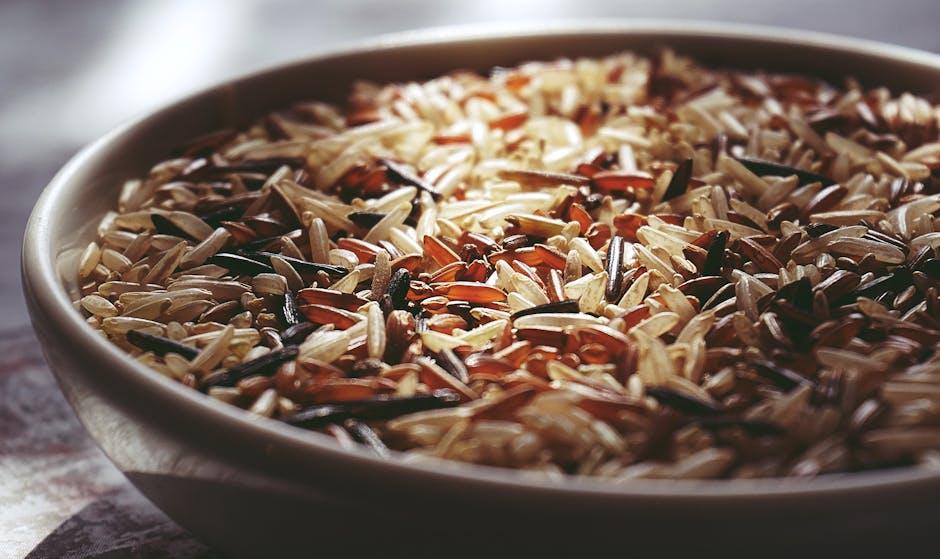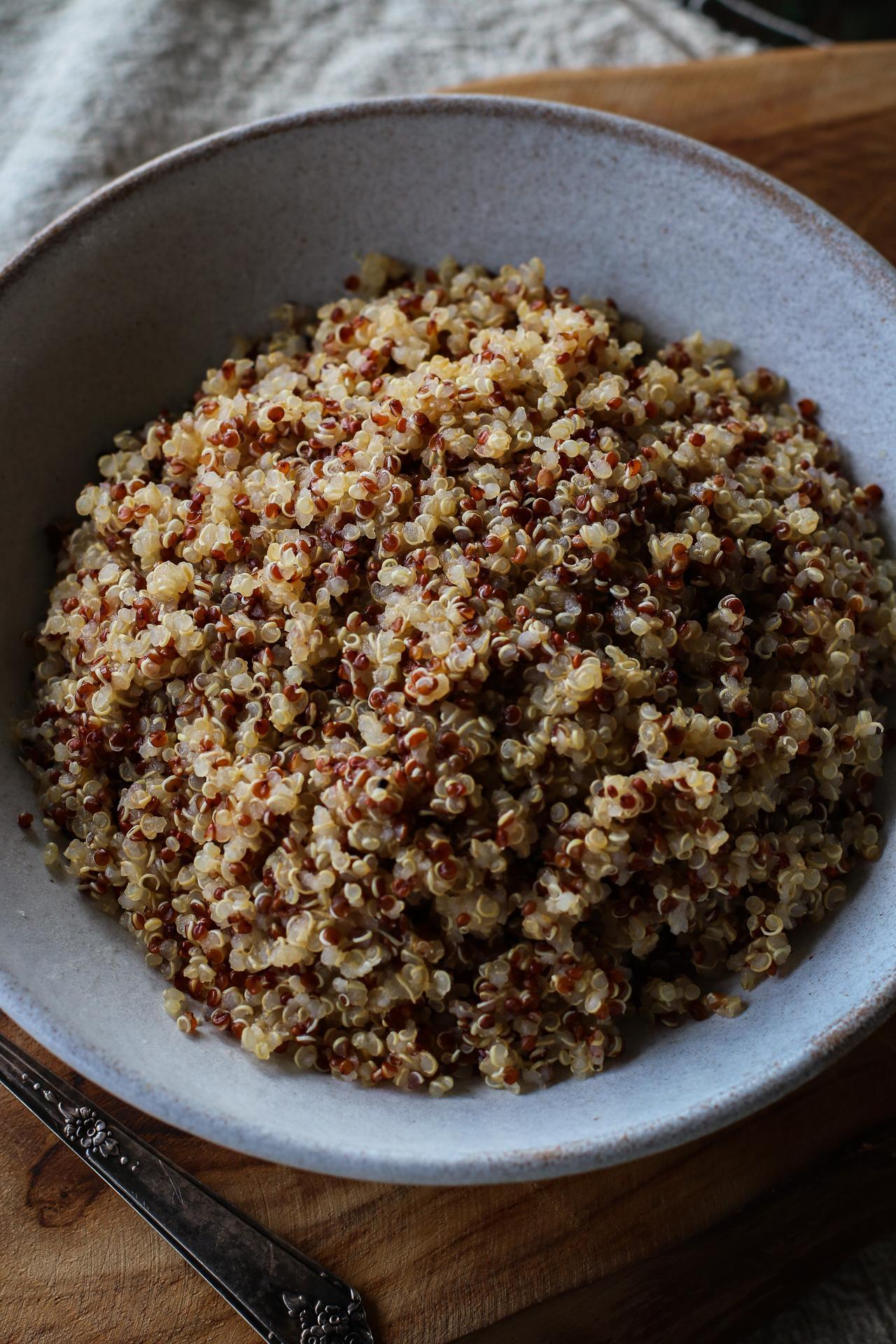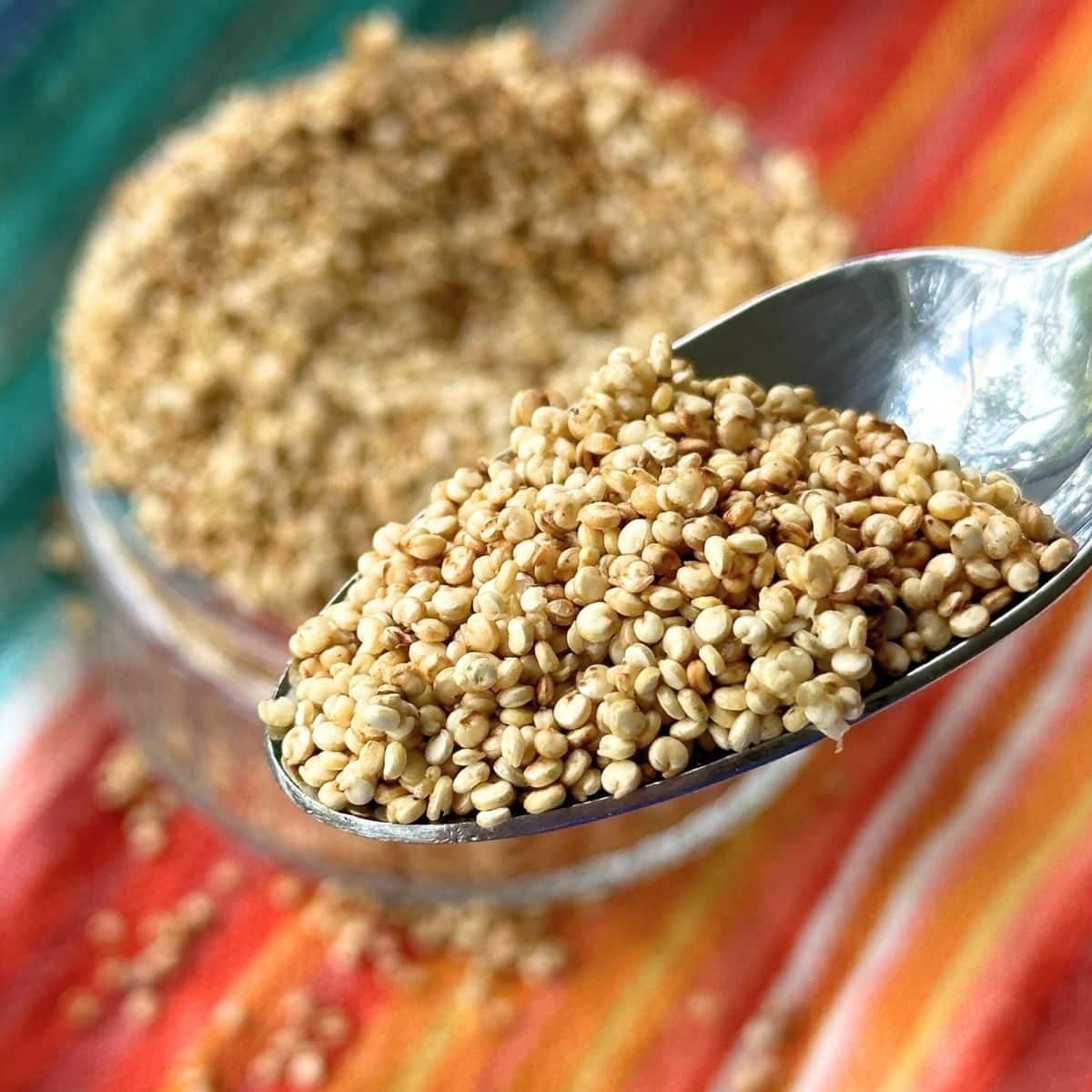In a world where health trends come and go with the seasons, few foods have managed to captivate the public eye quite like quinoa. Hailed as a “superfood” and frequently enough lauded for its complete protein profile, this ancient grain has found its way into countless meals across the globe, from trendy health bowls to complex gourmet dishes. But as the organic and health food market expands, a critical question looms: is quinoa truly the nutritional powerhouse it claims to be, or are we merely succumbing to a clever marketing narrative? In this complete nutritional analysis, we dive deep into the grainS origins, explore its health benefits and potential drawbacks, and separate fact from fiction in the quest for culinary wellness. Join us as we unravel the story of organic quinoa—examining whether this celebrated food is worthy of its superfood status or simply another fleeting trend in the battleground of health and nutrition.
Exploring the Nutritional Benefits of Organic Quinoa
When evaluating the nutritional profile of organic quinoa, it’s easy to see why it has gained the reputation of a superfood. This ancient grain packs a punch with its rich array of essential nutrients. High in protein, organic quinoa contains all nine essential amino acids, making it a complete protein source, which is notably beneficial for vegetarians and vegans. Additionally, it is loaded with fiber, promoting digestive health and contributing to feelings of fullness, which can aid in weight management. quinoa offers a low glycemic index, making it a favorable option for those monitoring their blood sugar levels.
in addition to its macronutrient content, organic quinoa is also a treasure trove of vitamins and minerals, including magnesium, phosphorus, manganese, and folate. Here’s a breakdown of some of its key nutritional benefits:
| Nutrient | Amount per 100g |
|---|---|
| Protein | 14g |
| Fiber | 7g |
| Iron | 2.8mg |
| Magnesium | 64mg |
Furthermore, the presence of antioxidants such as quercetin and kaempferol may offer protective benefits against inflammation and chronic diseases. With its diverse nutrient profile, organic quinoa serves not just as a side dish but as a powerhouse ingredient that can elevate the nutritional value of meals.Incorporating quinoa into your diet is not merely a trend; its health-promoting properties speak for themselves, making it a worthy addition to any health conscious individual’s pantry.

Debunking Myths: Understanding Quinoa’s Role in a Balanced Diet
Quinoa has long been celebrated as a *superfood*, but with this acclaim come various myths that cloud understanding of its actual role in a balanced diet. One common misconception is that quinoa contains more protein than all other grains, which can lead people to overestimate its nutritional value. While quinoa does have a complete amino acid profile—a rarity among plant foods—it’s essential to recognise that it should complement a diverse diet rather than serve as a sole protein source. This is crucial for ensuring that your body receives a wide spectrum of nutrients, including larger quantities of protein, which are readily available from other sources such as legumes, nuts, and animal products.
Another popular myth is that quinoa is gluten-free and suitable for everyone. While it is indeed true that quinoa is naturally gluten-free and frequently enough embraced by those with gluten sensitivities, some individuals may experiance adverse reactions to saponins, a coating that can be found on quinoa. proper rinsing can mitigate this, but it’s vital for consumers to remain vigilant about how their bodies respond to this grain. additionally, incorporating quinoa into meals doesn’t necessitate excluding other whole grains, such as brown rice or oats, which also provide valuable nutrients and varying flavors, enhancing the overall eating experience.

Comparative Analysis: Quinoa Versus Other whole Grains
When examining quinoa’s nutritional profile alongside other whole grains, it becomes evident that quinoa holds distinct advantages.While customary grains like brown rice and barley are commonly celebrated for their health benefits, quinoa’s unique composition sets it apart. Notably,quinoa is a complete protein,providing all nine essential amino acids,which is a rarity among plant-based foods. This makes it an excellent choice for vegetarians and vegans looking to enhance their protein intake. In contrast, other whole grains tend to offer lower protein content:
- Brown Rice: Approximately 5 grams of protein per cooked cup.
- Barley: About 3.5 grams of protein per cooked cup.
- Whole Wheat: Roughly 6 grams of protein per cooked cup.
Moreover, quinoa is also packed with essential nutrients, such as magnesium, iron, and antioxidants, which help combat oxidative stress in the body. Its higher fiber content, when compared to many other whole grains, can promote digestive health and support weight management. The following table showcases a comparison of quinoa with other popular whole grains in terms of key nutritional components per cooked cup:
| Grain | Protein (g) | Fiber (g) | Magnesium (mg) |
|---|---|---|---|
| Quinoa | 8 | 5 | 118 |
| Brown Rice | 5 | 3.5 | 84 |
| Barley | 3.5 | 6 | 36 |
| Whole Wheat | 6 | 13 | 66 |

Practical Tips for Incorporating Quinoa into Your Meals
Incorporating quinoa into your meals can elevate both flavour and nutritional value. Here are some practical ways to make quinoa a staple in your kitchen:
- Add it to salads: Cooked quinoa can be a fantastic base for a salad. Mix it with leafy greens,vegetables,and your favorite protein for a filling dish.
- Use it in breakfast bowls: Substitute oats with quinoa for a unique breakfast. Top with fruits,nuts,and a drizzle of honey or maple syrup.
- stir it into soups: Quinoa can add a hearty texture to soups and stews. Simply cook it alongside other ingredients for a nutrient boost.
- Make quinoa burgers: Combine cooked quinoa with beans, veggies, and spices to create tasty and healthy veggie burgers.
For those looking to experiment with flavors, try these recipe ideas to keep your meals interesting:
| Recipe Idea | Main Ingredients | cooking method |
|---|---|---|
| Quinoa Tabbouleh | Quinoa, parsley, tomato, cucumber, lemon | Mix and chill |
| Quinoa Stuffed Peppers | Peppers, quinoa, black beans, corn | Bake until tender |
| Quinoa porridge | Quinoa, almond milk, bananas, cinnamon | Cook until creamy |
Key Takeaways
the exploration of organic quinoa as both a superfood and a subject of marketing hype presents a nuanced picture. While its extraordinary nutritional profile—rich in protein, fiber, and essential vitamins—certainly supports its superfood status, it is indeed also essential to approach its benefits with a critical eye. As with any food trend, understanding the context of quinoa’s popularity and its practical implications for your diet is key. Whether you view it as a culinary cornerstone or a fleeting fad, integrating this ancient grain into your meals may provide not just nutritional value but also the joy of embracing diverse cuisines. Ultimately, the choice to include organic quinoa in your pantry should be informed by personal preference and dietary needs, paving the way for a balanced and mindful eating experience. As you navigate the many claims surrounding this grain, remember that true nourishment comes from a well-rounded diet filled with variety, rather than isolated trends. So, whether you’re a die-hard fan or a curious newcomer, quinoa is here to stay—and that, in itself, might just be the most compelling reason to give it a try.






